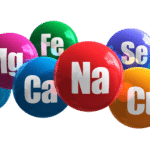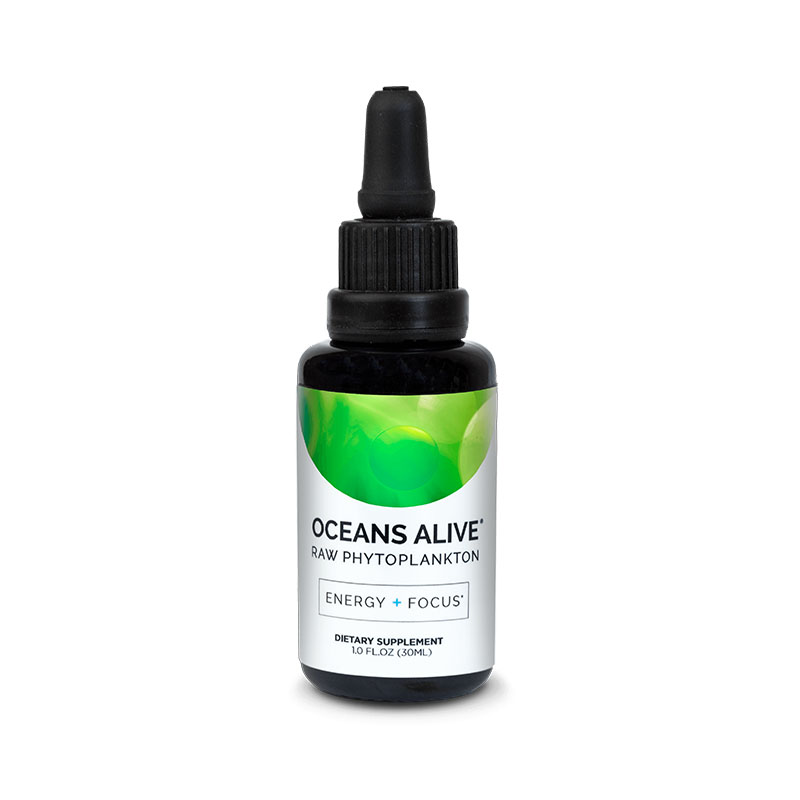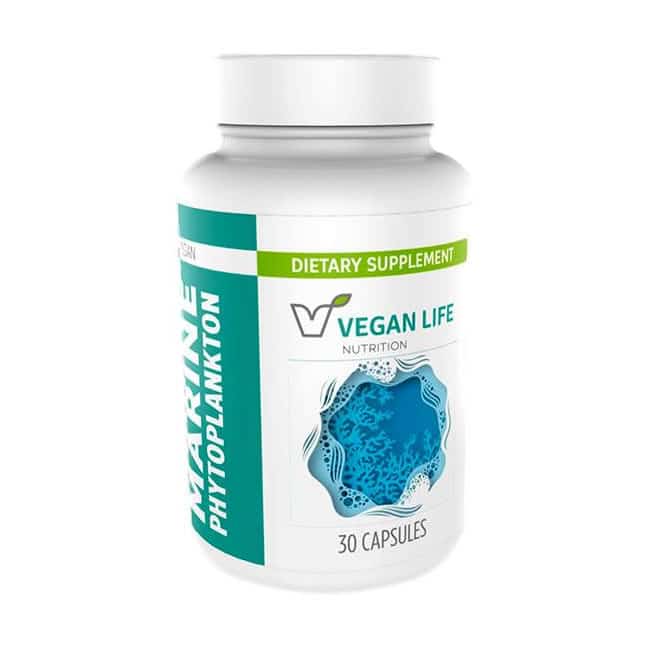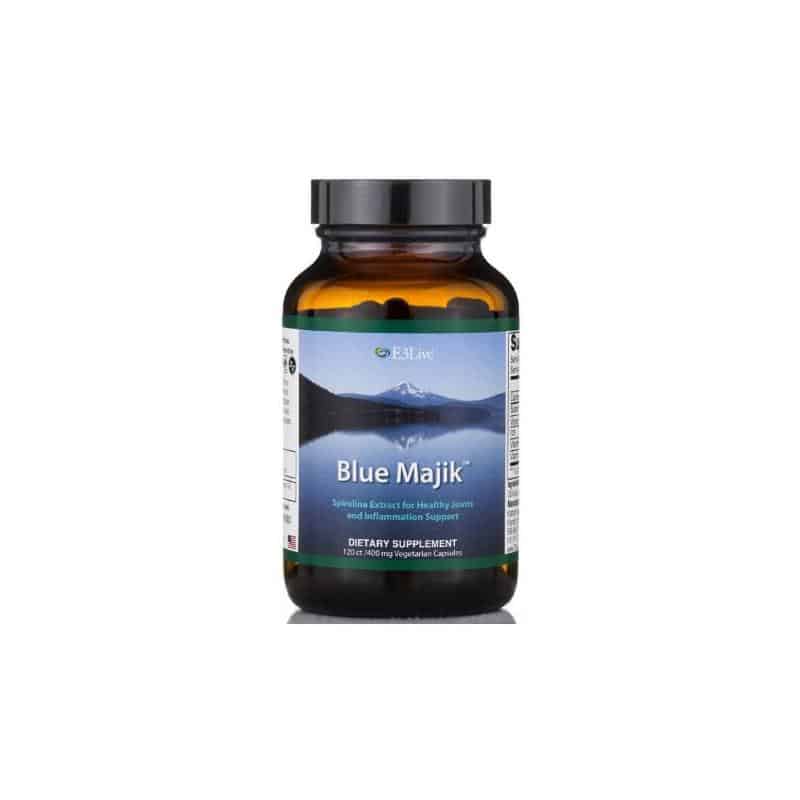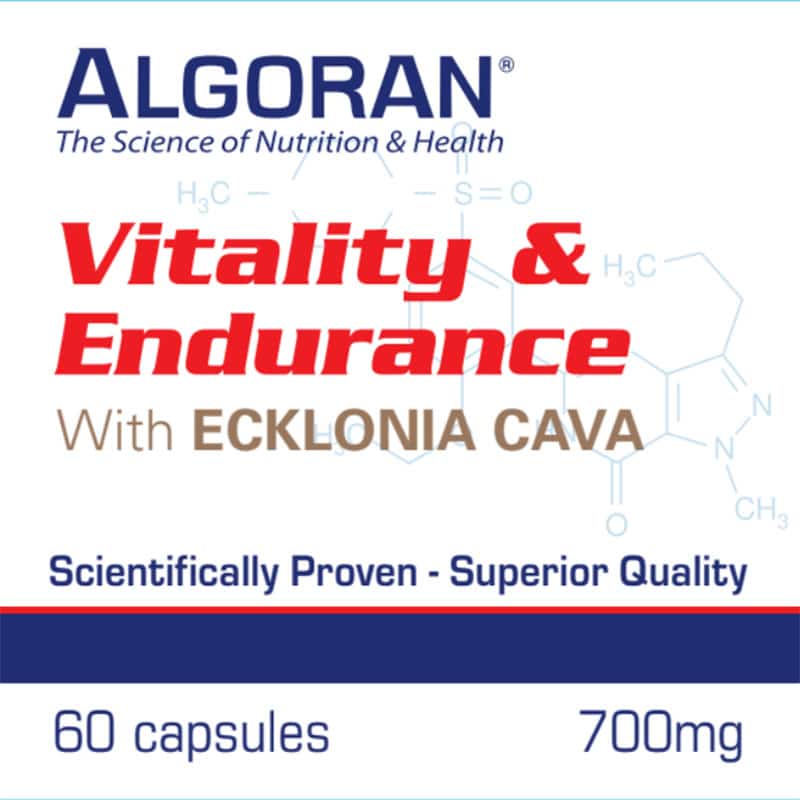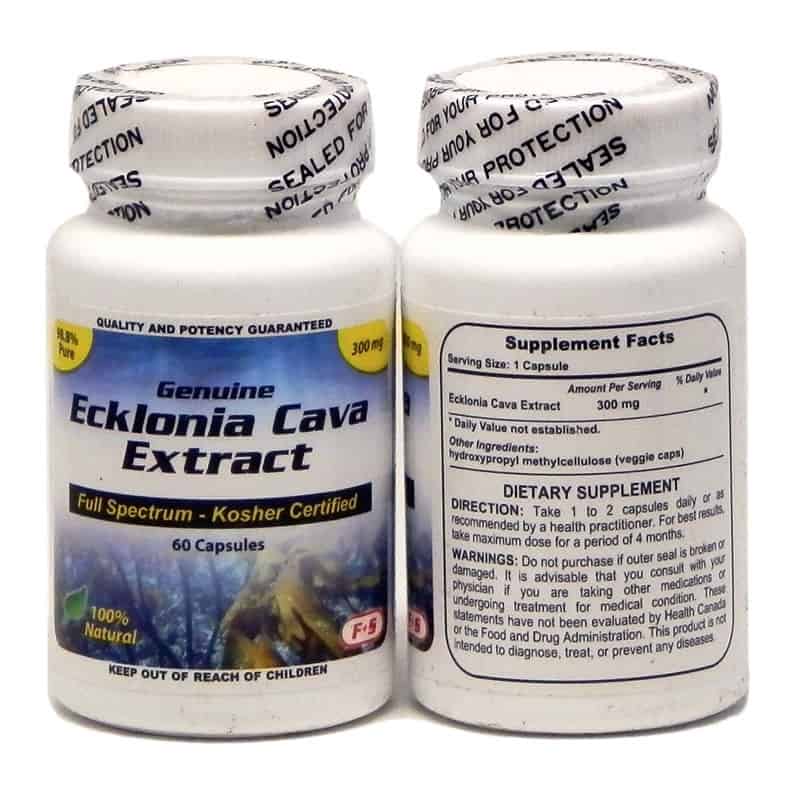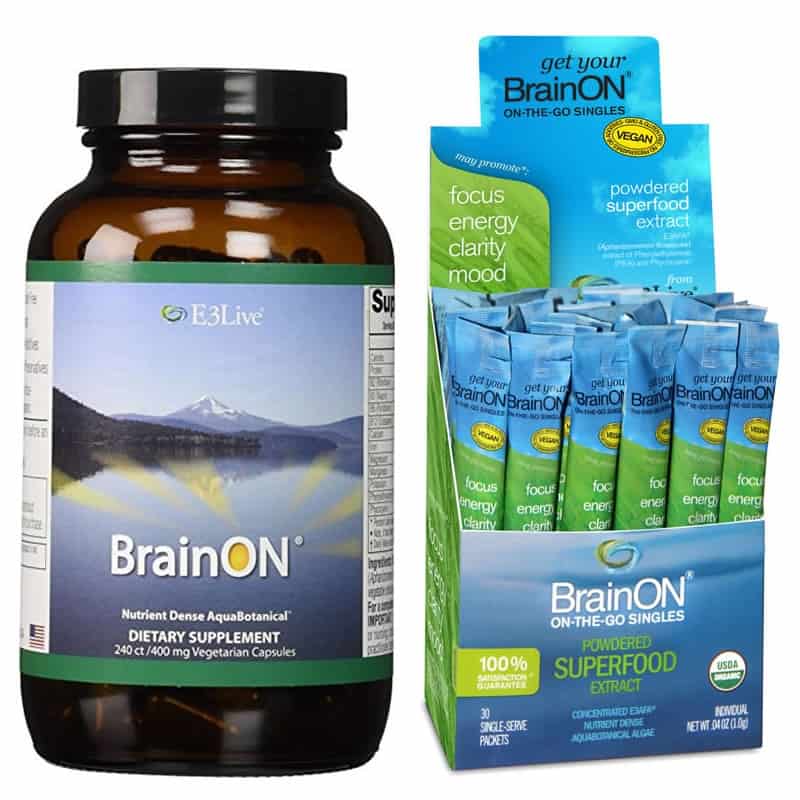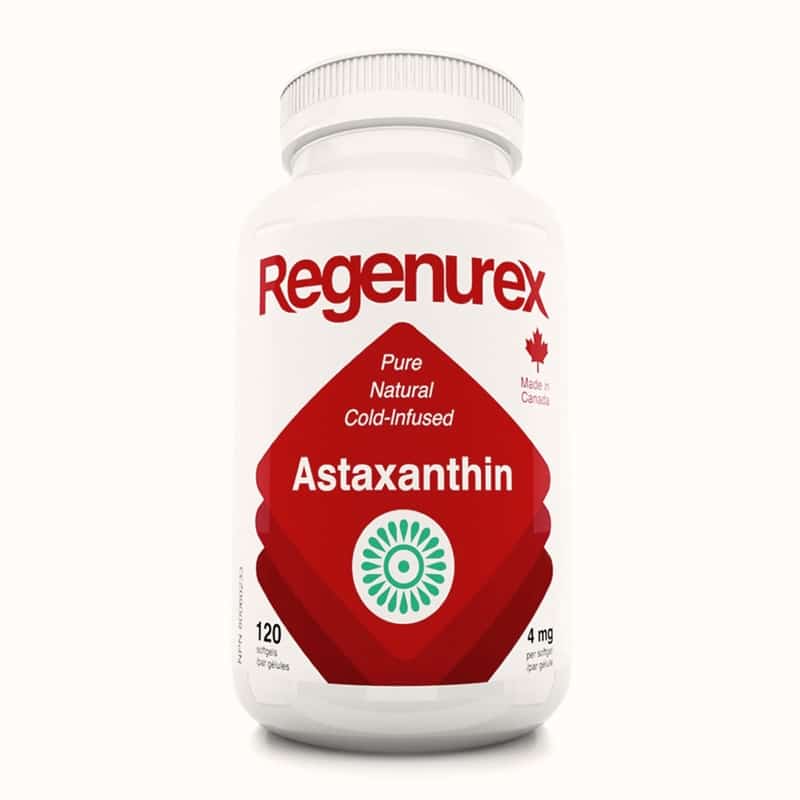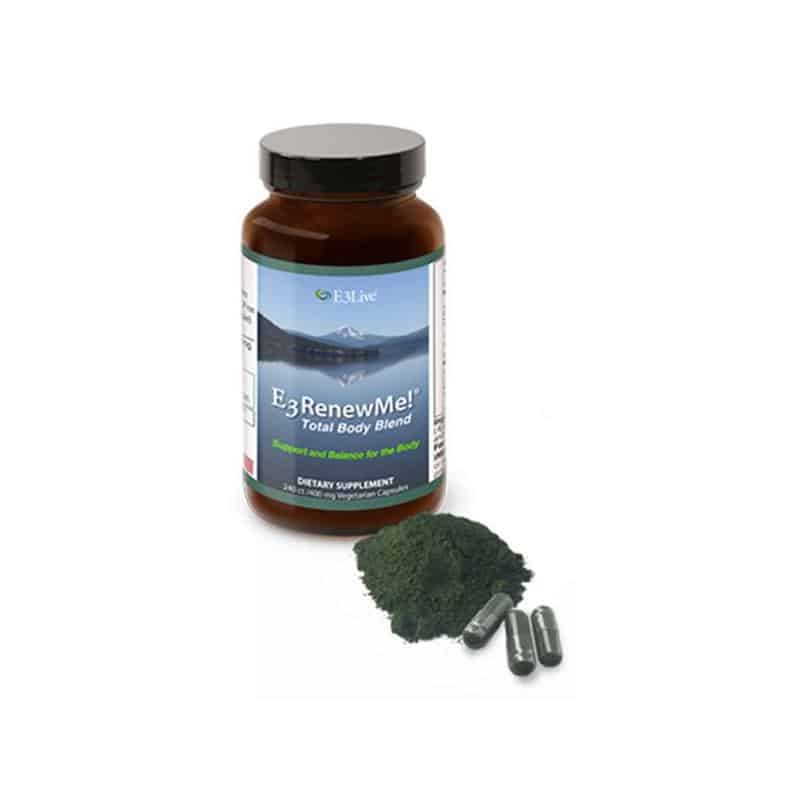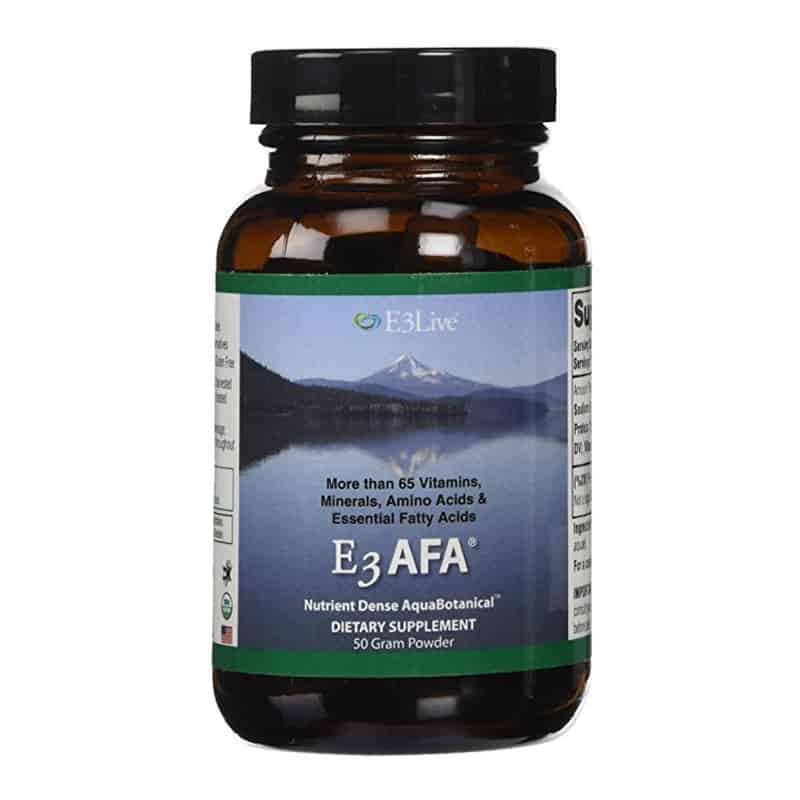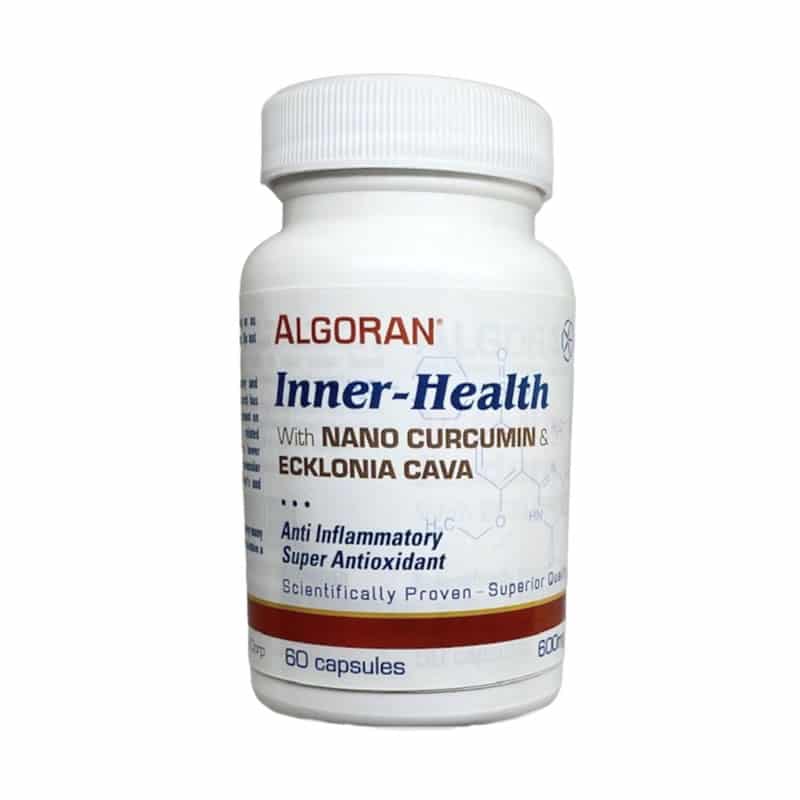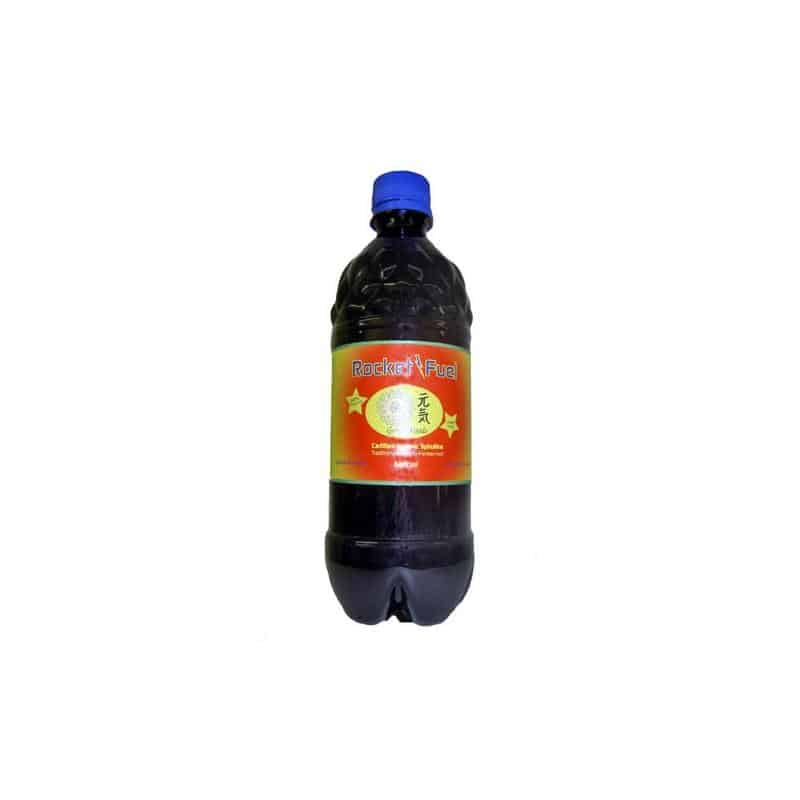No products in the cart.
Scientific References: Algae, Plankton, Seaweed
Listed Alphabetically for Your Convenience
Algae
GreenMedInfo Research Abstracts
US National Library of Medicine Research
Aphanizomenon flos-aquae (AFA)
AFA Treatment/Prevention of Neurodegenerative Disease
AFA Favorable Effects on Type 2 Diabetes
AFA and Immunity
Astaxanthin Research Abstracts
GreenMedInfo Research Abstracts
US National Library of Medicine Research
Chlorella (pyrenoidosa/vulgaris) Research Abstracts
GreenMedInfo Research Abstracts
US National Library of Medicine Research
Dulse (Palmaria palmata), Seaweed
GreenMedInfo Research Abstracts
US National Library of Medicine Research
Sea Vegetables (Dulse, Irish Moss, Kelp, Nori): Excellent Detox
Dunaliella
Ecklonia Cava
Life Enthusiast Scientific References
US National Library of Medicine Research
Fucus (Brown Algae)
GreenMedInfo Research Abstracts
US National Library of Medicine Research
Kelp (laminaria digitata)
GreenMedInfo Research Abstracts
US National Library of Medicine Research
Phytoplankton
Nori (Pyropia)
Spirulina Phycocyanin
GreenMedInfo Research Abstracts
US National Library of Medicine Research
Squalene
Zeaxanthin Algal
Please support GreenMedInfo and buy a membership for their substantial base of scientific research.

